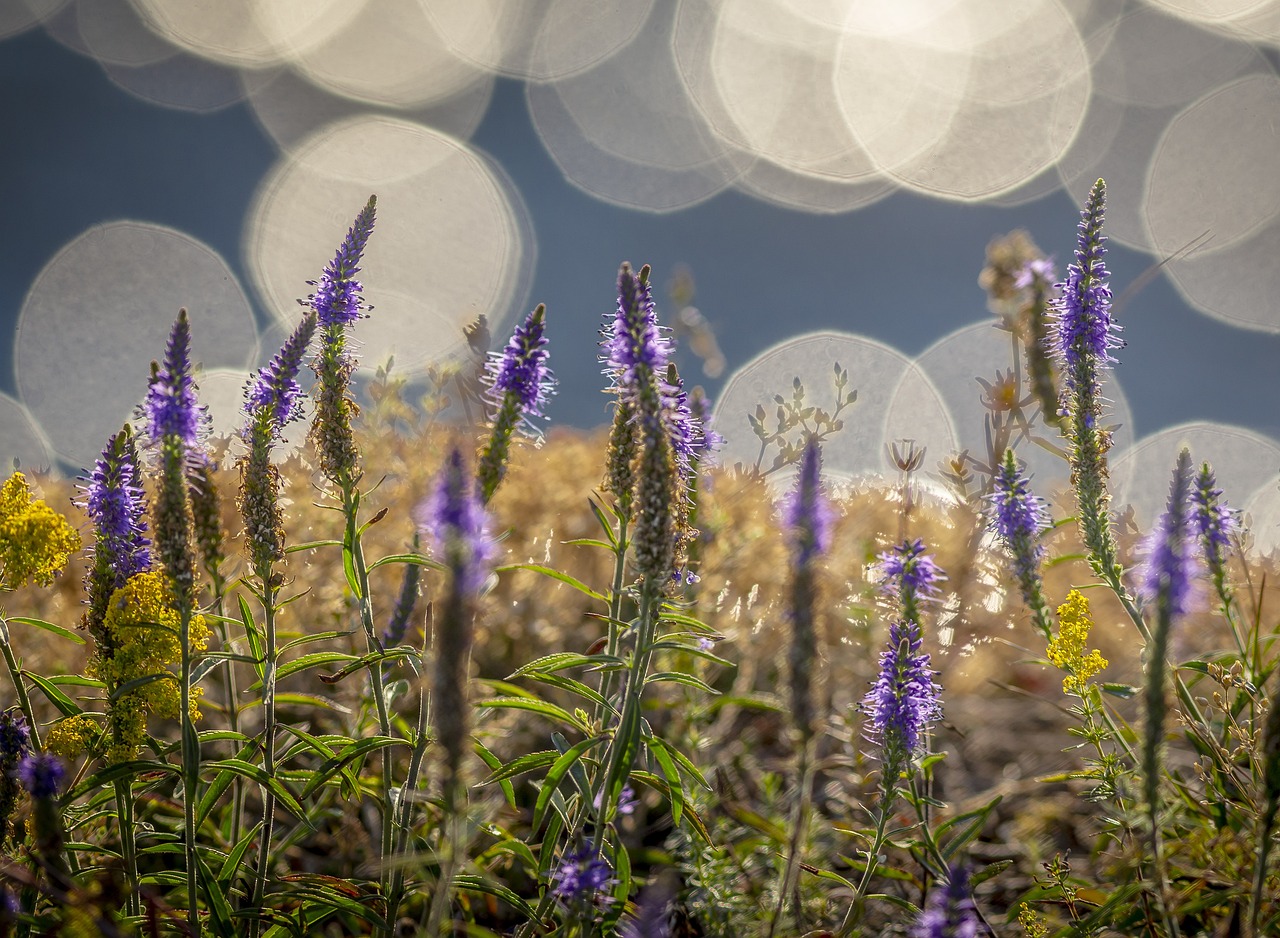Pakri is a region in northern Estonia, known for its scenic landscapes, historical significance, and ecological diversity. It encompasses two major parts: Pakri Peninsula and the Pakri Islands. The region is situated along the Gulf of Finland and is part of the Harju County, near the town of Paldiski.
Pakri Peninsula:
The Pakri Peninsula extends into the Baltic Sea and is famous for its dramatic limestone cliffs, which rise steeply from the sea, offering stunning views of the Gulf of Finland. These cliffs are part of Estonia’s extensive network of Baltic Klint, a geological formation characterized by exposed limestone that forms cliffs along the Baltic Sea’s coast.
- Cliffs: The Pakri Cliffs, some of which rise up to 25 meters (82 feet), are among the most beautiful natural landmarks in the area. These cliffs are popular for photography, hiking, and birdwatching.
- Lighthouses: The Pakri Lighthouse is one of the most prominent features of the peninsula. It was originally built in 1724 and later rebuilt in 1889. The lighthouse offers a panoramic view of the surrounding area, including the sea and islands.
- Military History: Pakri Peninsula has a rich military history. During the Soviet era, Paldiski and the surrounding Pakri Peninsula were a heavily fortified area, with military bases and nuclear submarine training facilities. Though the military installations have mostly been abandoned, remnants of this period can still be seen in the form of old bunkers and ruins.
Pakri Islands:
The Pakri Islands consist of two main islands: Väike-Pakri (Little Pakri) and Suur-Pakri (Great Pakri). These islands lie just off the coast of the Pakri Peninsula and are known for their natural beauty and historical significance.
- Flora and Fauna: The islands are home to diverse bird species and are a popular destination for nature lovers and ornithologists. Seabirds such as gulls and terns are common, and the islands serve as breeding grounds for several species. The surrounding waters are also rich in marine life.
- Historical Settlement: Historically, the Pakri Islands were inhabited by a Swedish-speaking population until World War II, when most of the residents were evacuated due to the war and later Soviet occupation. The islands were used as a military training ground during the Soviet era, which led to the destruction of many buildings and structures. Today, the islands are sparsely populated, but there are some restored buildings, and visitors can explore the ruins of old farms and churches.
Ecological Importance:
The Pakri region is recognized for its biodiversity and unique ecosystems. The limestone cliffs, coastal meadows, and forests provide habitats for various plant and animal species. The cliffs are home to several rare plant species that thrive in the calcareous soil, and the area is an important stopover for migratory birds.
Tourism:
Pakri, particularly its cliffs and islands, is a popular destination for hiking, birdwatching, and nature tourism. Visitors can explore the coastline, walk along the cliffs, visit the lighthouse, and even take boat trips to the Pakri Islands. The nearby town of Paldiski offers additional attractions, including historical sites and museums related to Estonia’s military history.
Summary:
Pakri, Estonia, is a region known for its striking coastal scenery, dramatic limestone cliffs, historical remnants, and rich biodiversity. Whether for outdoor activities or exploring Estonia’s historical and natural heritage, Pakri is a place of both ecological and cultural significance.
Views: 1142
Subscribe to the newsletter:
